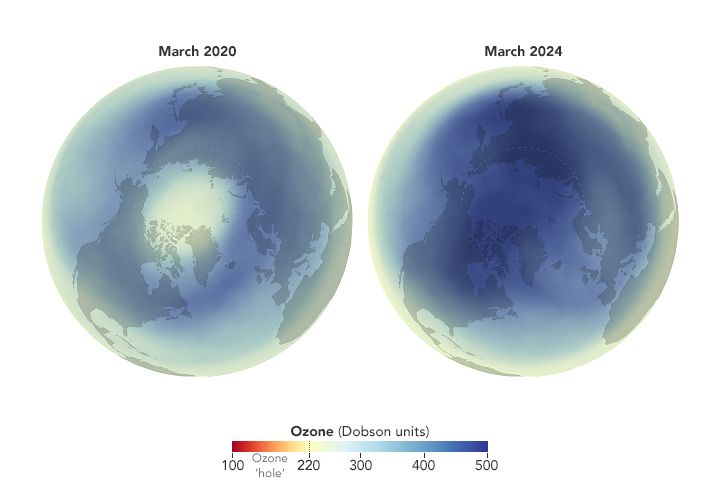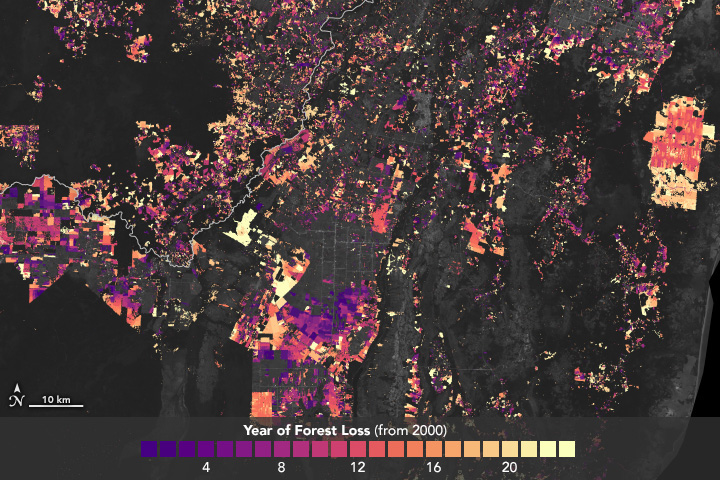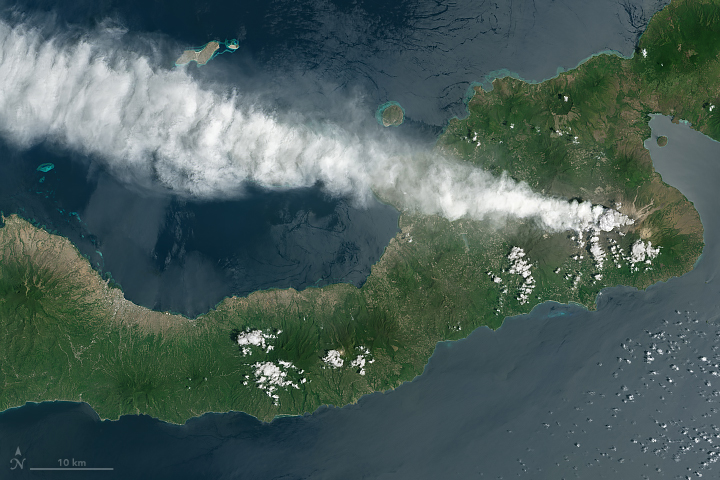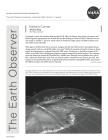- Home
- Missions
- Data
- Communications
- People
- The Earth Observer Newsletter




Recent Imagery
You will be directed to the NASA Visible Earth webpage when you select Images by Mission below, or click on the images at right that are randomly generated to represent four out of all possible topics.
The Earth Observer has a new look! Visit the NEW Earth Observer website.
The Earth Observer: Nov - Dec, 2005
In This Issue
Click title below to view page
- Editor’s Corner Front Cover
- Feature Articles
- Global Land Ice Measurements from Space5
- Students’ Cloud Observations On-Line: Eight Years of the S’COOL Program7
- Combining MISR and MODIS Data to Automatically Catalog Smoke Plumes in North America11
- In the News
- Heavy Rains Can Make More Dust in Earth’s Driest Spots13
- A Warmer World Might Not Be A Wetter One15
- It’s Always Earth Science Week at NASA Goddard16
- A Heated 3-D Look into Erin’s Eye17
- Meeting / Workshop Summaries
- Satellite Missions CALIPSO and CloudSAT Partner with GLOBE21
- GRACE Science Team Meeting22
- International Polar Year Workshop Held at Goddard24
- SORCE Science Meeting Addresses “Paleo Connections Between the Sun, Climate, and Culture”26
- Workshop on Ecological Modeling Using NASA Multi-angle Remote Sensing32
- Regular Features
- Scientists in the News19
- NASA Earth Science Mission Directorate—Earth Science Education Update20
- EOS Science Calendars 35
Editor’s Corner
Michael King, EOS Project Scientist
I’m pleased to report that President Bush has signed H.R. 2862, the Science, State, Justice, Commerce, and Related Agencies Appropriations Act of 2006 that provides funding to NASA of $16.457 billion for the year that started on October 1. This is $1 million above the President’s budget request and $260.3 million more than NASA received for 2005. With regard to NASA’s Earth Science activities, Congress directed that NASA fund the Glory global climate change research mission at a level $30 million more than NASA had requested, putting this mission on fi rmer ground for development for a planned December 2008 launch. Furthermore, it provides an increase of $15 million to the Earth Science Applications program to...
Read more...

